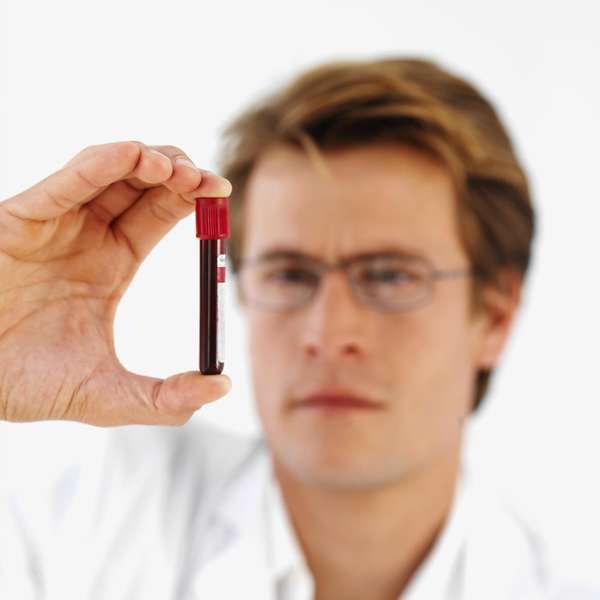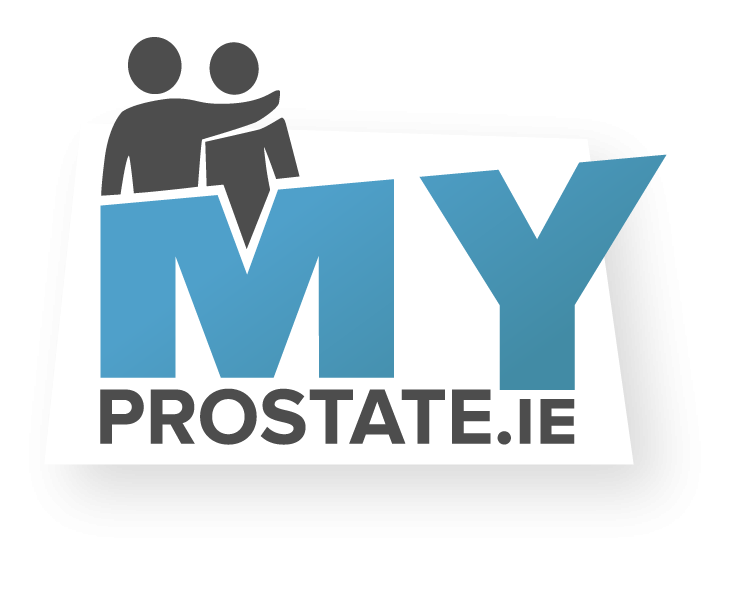-
All About Your Prostate Check-Up
When should I consider a prostate check-up?
50 years of age is probably ideal, and then every two years after that. There is a case for getting checked at 45 if you are of African origin or if either your father or brother developed prostate cancer before the age of 60. Both of these put you at increased risk of cancer.
Some prostate specialists are starting to recommend having your first check aged 40.
Where do I go for this?Your own GP is the best person to check you. He/she knows you already, and has access to all the tests needed.
What does this check-up involve?There are four aspects to this:
- A prostate symptom questionnaire
- Physical examination by your GP
- Urine and blood tests
- Ideally an ultrasound examination of your bladder

-
Prostate Symptom Questionnaire
This is a standardised questionnaire with seven questions, the answers to which are added up to get a total score. It is known as the International Prostate Symptom Score, or IPSS. There is an additional ‘quality of life’ question which is asked, but not added to the total. Before going for a prostate check up, ideally fill in the IPPS, print it off and take it with you for your doctor. The IPSS is available here to download, or you can try the online test below:
-
Physical Examination By Your GP
This is the one we all dread, but there is little to it. Because the prostate lies very deep in the pelvis it is not possible to feel it from the front, but only from the back. To do this your GP needs to put a finger carefully up into your bottom. There the prostate, because it is situated right in front of the back passage, is easily felt. Plenty of lubrication jelly and a protective glove are used. While we are usually mortified by the prospect of this, it is part of your GP’s normal work.
It takes only 20 seconds or so, and is totally painless. By this your GP can tell the size of your prostate, its consistency, and whether there is any suspicion of a cancer present.
You will be asked to produce a fresh urine sample, which your GP can check instantly.

-
Blood Tests
Two blood tests are done from the same blood sample. These are:
- Blood test of your kidney function. This measures blood levels of a number of substances, principally creatinine and urea.
- A test of blood levels of an enzyme called Prostate Specific Antigen, or PSA. This is an important and controversial indicator of possible prostate problems. Further details here.

-
Ultrasound Examination Of Your Bladder
Normally we should be able to fully empty our bladder when we pass water, but if we have an enlarged prostate that may not happen. If so, the bladder very gradually begins to expand, and in doing so finds it harder to squeeze the urine out. The value of checking our bladder residual volume – the amount of urine left in the bladder after we think we have fully emptied it – is increasingly recognised as an essential part of a prostate check.
An enlarged bladder cannot be felt through the abdomen until it is quiet big, but it is very easily visualised by ultrasound examination. Many GP practices have invested in ultrasound machines. Ultrasound is a simple painless test, with no radiation or any possible risks, and immediate results.
You will be asked to fully empty your bladder, lie on your back on a couch, jelly is put on your tummy and the bladder painlessly imaged with a probe rather like a computer mouse. It takes only minutes, with an instant result on the screen in front of you.
If your bladder is seen to be empty, then there is no problem. If it is not emptying, then treatment might need to be considered.

© 2016 - My Prostate.ie

